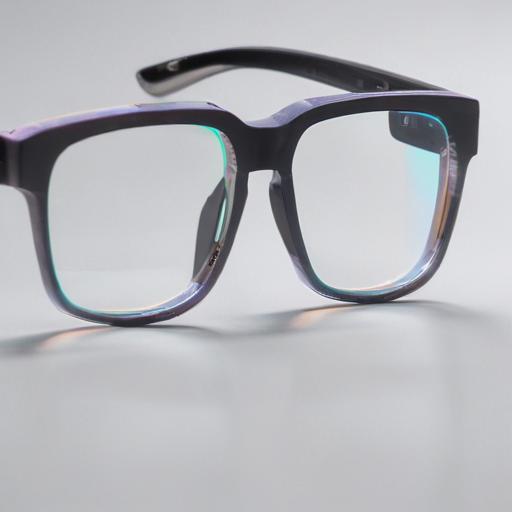Meta is reportedly dialing back the price of its forthcoming HUD glasses to about $800, a far lower figure than earlier rumors of a price over $1,000. The device, part of a project codenamed Hypernova, is said to feature a small monocular heads-up display controlled by a finger-gesture wristband that uses surface electromyography (sEMG) signals. The package is expected to include the wristband in the box and to debut as part of a broader hardware push this year.
Early looks and rumors point to Hypernova weighing roughly 70 grams, thicker than Meta’s Ray-Ban Meta glasses which weigh about 50 grams. The HUD is described as providing a compact set of capabilities: telling the time and weather, showing notifications, framing and previewing photos, offering turn-by-turn navigation, and displaying captions or translations of real-world speech. There’s also talk of optionally surfacing Meta AI responses as on-screen text rather than audio. Render leaks and early firmware glimpses have surfaced with mentions of a product name seen in engravings: Meta Celeste.
The price shift follows prior speculation that Hypernova could sit well above $1,000, potentially reaching into the $1,300–$1,400 range. With the new target around $800, the strategy appears to be a deliberate move to boost demand by accepting a lower profit margin. Beyond the base model, various styles and lens options, including prescription lenses, are expected to raise the final cost for many buyers.
Plans still point toward a late 2025 release window, with Meta Connect 2025 scheduled for September 17 and preorders expected to open with shipments in October, barring delays. There have been reports of teams working weekends to keep a tight ship on the timeline, underscoring the company’s push to get Hypernova Celeste into consumers’ hands.
What this could mean for the market is that Meta is testing whether a compact HUD with gesture-based control can justify a higher-end price or whether a more affordable entry, combined with strong branding and availability, can drive adoption of wearable AR. The approach suggests Meta is hedging between premium features and broader accessibility, while also leveraging the potential to integrate on-device AI helpers as a text-based companion to the visual experience.
A few considerations to watch: how comfortable users will be with gesture controls and sEMG wristband in everyday environments; how the weight and bulk of a small HUD affect long-term wearability; battery life and heat management on a device of this complexity; and how privacy concerns and software integrations with AI features influence demand. If the price cut proves successful, it could signal a more aggressive strategy to scale wearables beyond niche enthusiasts and into a broader audience.
Summary: Meta appears to be treating Celeste as a measured experiment—balancing an appealing, compact HUD experience with a more accessible price point, while signaling a continued commitment to flagship AR wearables and AI-enabled features. The success of this approach will hinge on real-world usability, comfort, and how effectively the bundle competes with existing eyewear ecosystems.
Commentary and what to watch next:
– Watch whether the $800 price point includes the wristband at launch or if that’s a separate add-on.
– See how prescription options impact final pricing and perceived value.
– Monitor consumer interest in gesture-based control versus other input methods.
– Track release cadence and early reviews after preorders begin in October to gauge demand trajectory.
